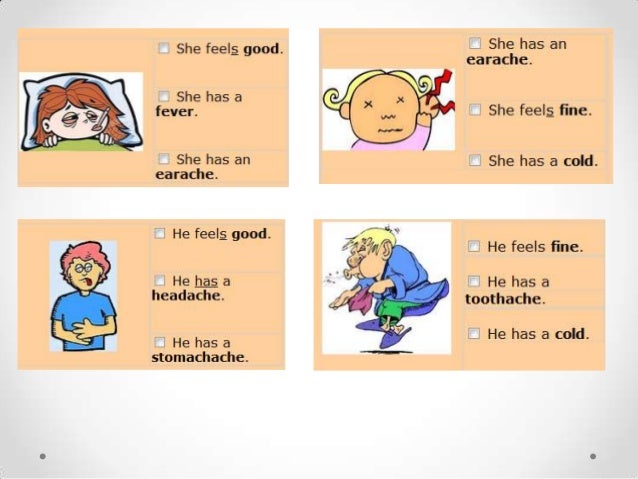INTRODUCTION
This is an impressive
English learning blog with plenty of opportunities for the learner to hone
their English language skills. The posts are a combination of text and
video and they cover an eclectic mix of subjects.
For example, there are
articles on pronunciation tips, vocabulary and grammar in English.
There’s even a neat interactive element to some blogs! The student
watches a video and then fills in the missing words of the subsequent
transcript. That’ll keep
you on your toes!
If you already have a basic knowledge of English, but want to improve your ability to
communicate in real-life situations? And do so in a fun, enjoyable way? Then
let me invite you to my blog.
